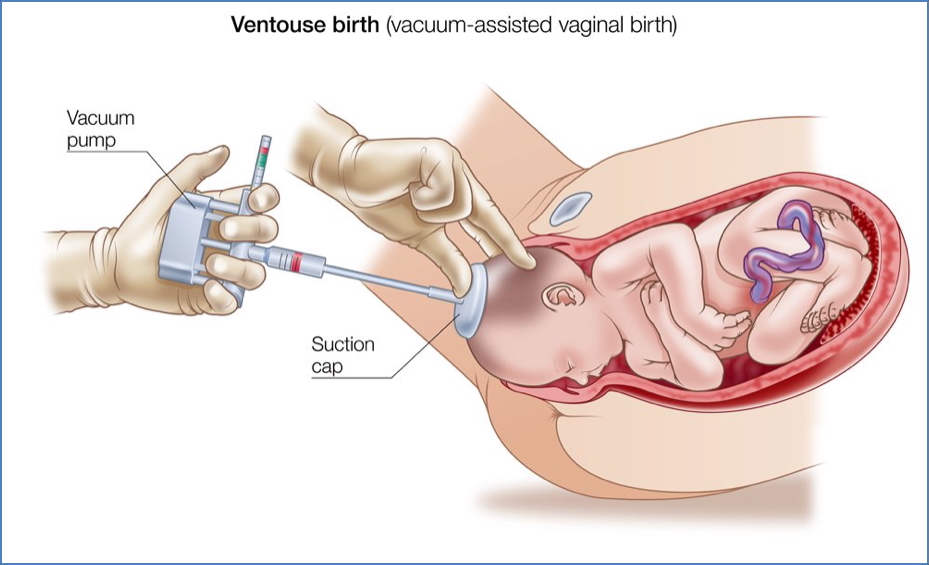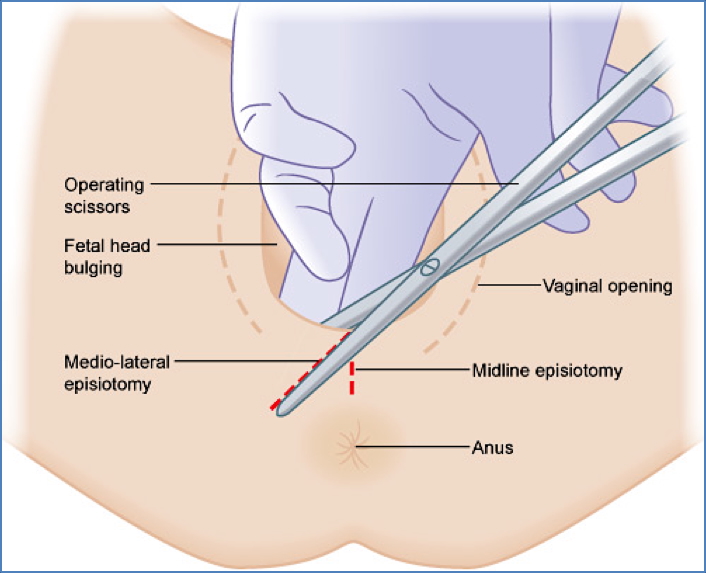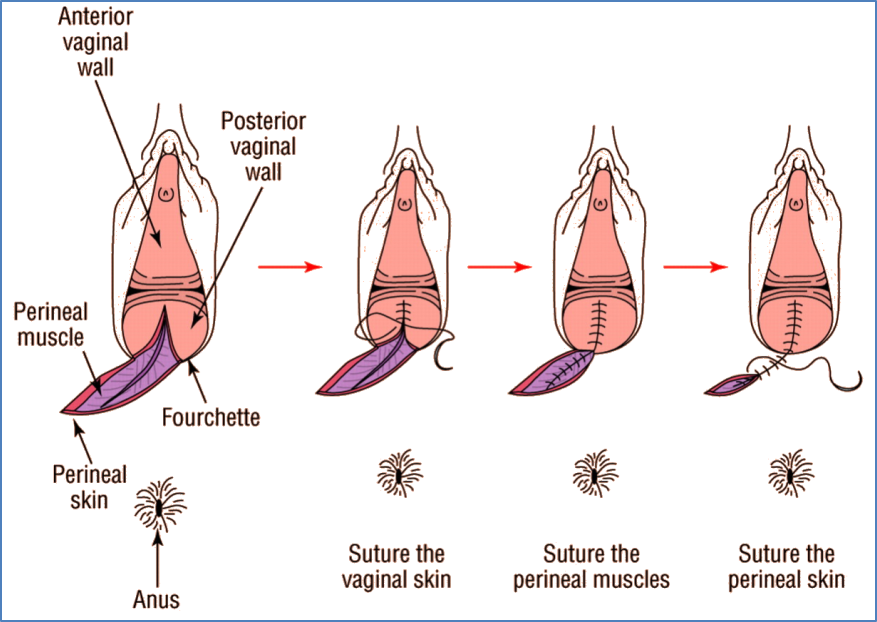Table of Contents
Overview – Operative Obstetrics
Operative obstetrics refers to the use of surgical or instrument-assisted techniques to safely deliver a baby when spontaneous vaginal birth is not progressing or is contraindicated. Operative obstetrics includes forceps and vacuum-assisted vaginal deliveries, as well as caesarean sections. These interventions are essential in managing maternal or fetal complications and are commonly encountered in both clinical placements and OSCEs.
Definition
Operative obstetrics encompasses any intervention that aids delivery by surgical or mechanical means. This includes:
- Operative vaginal delivery using forceps or vacuum (ventouse)
- Caesarean delivery via abdominal and uterine incisions
- Episiotomy to enlarge the vaginal opening when needed
Aetiology
Fetal Indications
- Non-reassuring or atypical fetal heart rate patterns
- Suspected fetal compromise
- Prolonged second stage of labour
Maternal Indications
- Contraindications to active maternal effort (e.g. cerebrovascular disease, ischaemic heart disease, cerebral aneurysms)
- Maternal exhaustion or excessive sedation
Contraindications
(Primarily related to operative vaginal delivery)
- Non-vertex presentations (e.g. brow or face)
- Unengaged fetal head
- Incomplete cervical dilation
Operative Vaginal Delivery
Forceps
Advantages:
- Higher rate of successful delivery
- Lower fetal morbidity
Disadvantages:
- Increased risk of maternal soft tissue injury

Vacuum (Ventouse)
Advantages:
- Easier to apply
- Requires less anaesthesia
- Lower maternal trauma
Disadvantages:
- Not usable in preterm deliveries
- Requires maternal pushing effort

Episiotomy
Definition
- A surgical incision made in the perineum during delivery to widen the vaginal opening.
Indications
- To relieve perineal soft tissue obstruction
- To expedite delivery, particularly in cases of fetal distress
Complications
- Perineal infection
- Haematoma
- Rectovaginal fistula
- Anal or urinary incontinence


2. Episiotomy Repair: Adapted from: Geoffrey Chamberlain, Philip Steer; DOI: 10.1136/bmj.318.7193.1260
Caesarean Delivery
Definition
- Surgical delivery of a baby through incisions in the abdominal wall and uterus
- Accounts for approximately 20–25% of deliveries
Indications
- Maternal pelvic obstruction
- Active genital herpes infection
- Invasive cervical cancer
- Previous uterine surgery (e.g. prior caesarean)
- Eclampsia or HELLP syndrome
- Failure to progress in labour
- Placental abruption or previa
- Vasa previa
- Malpresentation (e.g. breech, transverse lie)
- Umbilical cord prolapse
Complications
- Anaesthetic risks
- Haemorrhage
- Infection (e.g. endometritis — prophylactic antibiotics are recommended)
- Injury to adjacent structures (e.g. bladder, bowel)
- Venous thromboembolism (e.g. deep vein thrombosis or pulmonary embolism)
- Longer maternal recovery time

Summary – Operative Obstetrics
Operative obstetrics includes essential techniques such as operative vaginal delivery, episiotomy, and caesarean section. These interventions are employed when maternal or fetal factors prevent safe spontaneous delivery. A strong understanding of their indications, contraindications, and complications is crucial for clinical practice. For a broader context, see our Obstetrics Overview page.